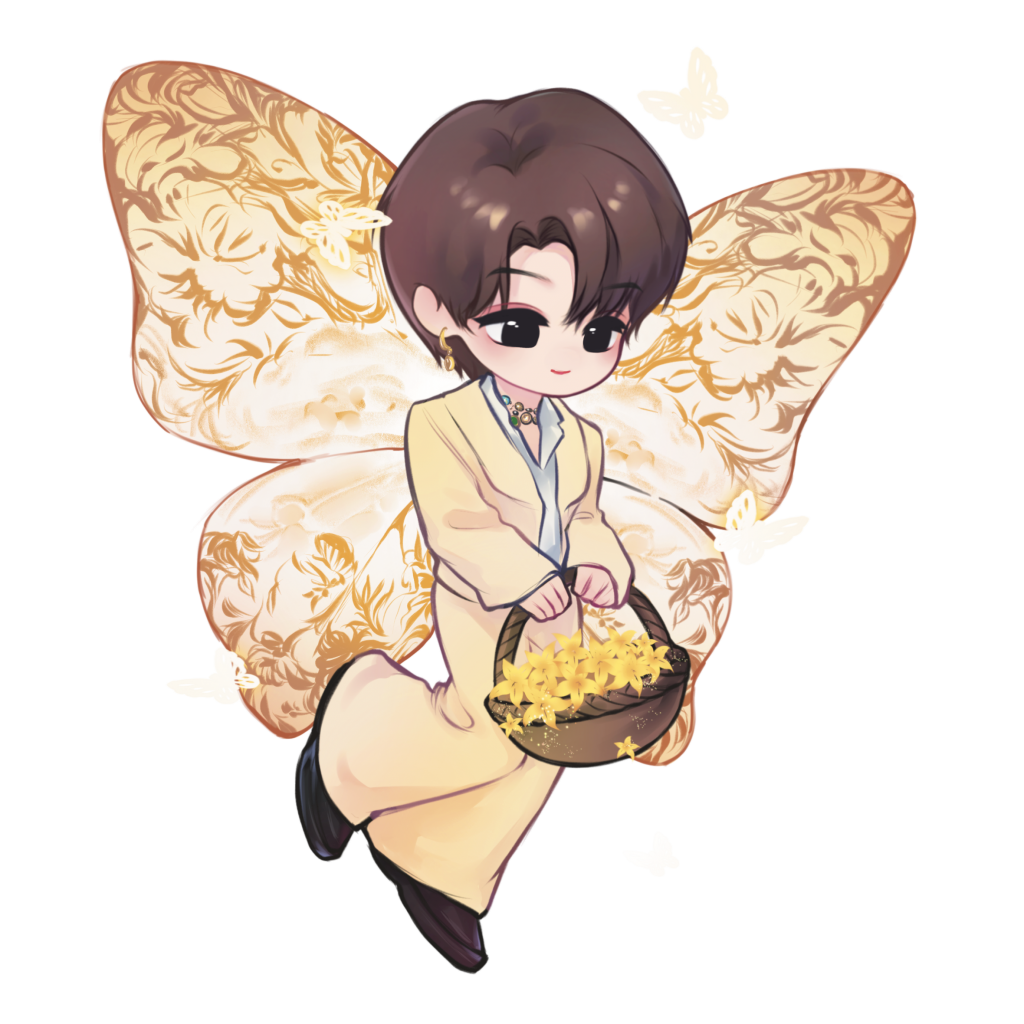In this week’s tutorial, I became more clear about the relevance of this project to myself, which is not only a historical and cultural project, but also a connection to the current situation of women in today’s society, for example, when I was in junior high school and high school, the teacher would dissuade girls from choosing science majors, and they would think that girls were not suitable for jobs that require reason and logic. It also scares me that when women get married, they are called someone’s wife instead of their original name. Perhaps in addition to the inheritors of Nüshu, I can also talk to some feminists about their possible use of Nüshu in modern feminism.
In addition to this, I also need to understand the content of their letters, and perhaps learn more about their living conditions and why they invented such a mysterious language from the conversations of these women.
Further research of this week:
Although primarily considered a written system, nüshu required performance in the form of singing or chanting, making it interchangeable with local women’s oral tradition, namely, nüge.
Indeed, singing was the first step toward becoming nüshu literate, because users had to match sounds with the written graphs; after mastering the ability to read nüshu texts, it was easier to learn how to write the script.
Before becoming fully proficient as a writer, a woman would approach and transmit written nüshu as oral nüge. After becoming proficient, she could transcribe nüge into nüshu text.
